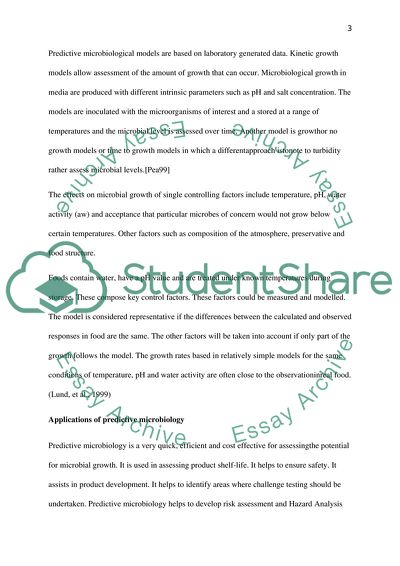Cite this document
(Applied Microbiology: Predictive Microbiological Models Literature review, n.d.)
Applied Microbiology: Predictive Microbiological Models Literature review. Retrieved from https://studentshare.org/biology/1819119-applied-microbiology
Applied Microbiology: Predictive Microbiological Models Literature review. Retrieved from https://studentshare.org/biology/1819119-applied-microbiology
(Applied Microbiology: Predictive Microbiological Models Literature Review)
Applied Microbiology: Predictive Microbiological Models Literature Review. https://studentshare.org/biology/1819119-applied-microbiology.
Applied Microbiology: Predictive Microbiological Models Literature Review. https://studentshare.org/biology/1819119-applied-microbiology.
“Applied Microbiology: Predictive Microbiological Models Literature Review”, n.d. https://studentshare.org/biology/1819119-applied-microbiology.


